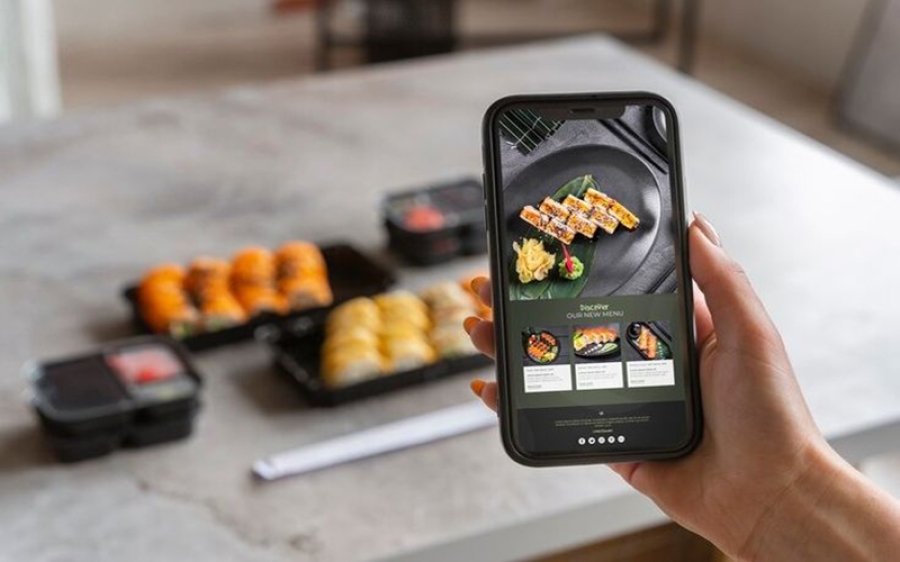Global Adoption of QR Codes: Exploring Use-Cases Across Different Countries
In the rapidly evolving digital landscape, QR codes have emerged as a versatile tool that bridges the gap between the physical and digital worlds, offering innovative solutions across various industries. This article takes a global tour, examining how different countries are leveraging QR codes in unique and impactful ways, from retail and healthcare to education and government services.
Japan: The Birthplace of QR Codes
Japan holds the distinction of being the birthplace of QR codes, developed in the late 1990s by Denso Wave. Today, the country is at the forefront of QR code adoption, integrating them into everyday life. From paying for groceries and public transportation to accessing digital menus in restaurants, Japanese consumers have embraced QR codes as a seamless way to interact with digital content. The widespread use of QR codes in Japan reflects the nation's tech-savvy culture and its commitment to leveraging technology for convenience and efficiency.
China: Mass Adoption and Innovation
China has taken QR code usage to new heights, with millions of businesses and individuals utilizing them for everything from online shopping and mobile payments to health monitoring and travel. The Chinese government has even adopted QR codes for managing COVID-19 outbreaks, using them to track cases and control the spread of the virus. This mass adoption showcases China's ability to harness technology for large-scale solutions, demonstrating the potential of QR codes in crisis management and public health.
South Korea: Tech-Savvy Innovations
South Korea, another technologically advanced nation, has found creative uses for QR codes in sectors like tourism and entertainment. Tourists visiting popular attractions can scan QR codes to access historical information, maps, and reviews, enhancing their travel experience. In the entertainment sector, QR codes are used to facilitate quick and easy ticket purchases for concerts and events, streamlining the booking process for fans. South Korea's innovative use of QR codes highlights the technology's potential in enhancing user experiences and streamlining services.
Europe: Diverse Applications
Across Europe, QR codes are being utilized in a variety of contexts, from retail and hospitality to public services. In Germany, for instance, QR codes are commonly used in supermarkets for self-checkout systems, reducing wait times and improving the shopping experience. In Italy, QR codes are integrated into museum exhibits, allowing visitors to scan and learn more about the artifacts on display. These examples illustrate how QR codes can be adapted to fit local needs and cultures, offering solutions that are both practical and engaging.
North America: Growing Momentum
In North America, the adoption of QR codes is gaining momentum, particularly in the United States and Canada. Retailers are using QR codes to provide customers with product information and reviews, while restaurants are leveraging them for digital menus and contactless ordering. Governments are also exploring QR codes for public services, such as vaccine registration and emergency alerts. This growing trend reflects the region's willingness to adopt new technologies that enhance convenience and safety.
Conclusion
The global adoption of QR codes demonstrates their versatility and potential to transform various aspects of daily life. From facilitating payments and enhancing customer experiences to supporting public health initiatives and educational endeavors, QR codes are proving to be a universal solution for connecting the physical and digital worlds. As technology continues to advance, it's likely that we'll see even more innovative use-cases for QR codes around the globe, further cementing their status as a vital tool in the digital toolbox.








